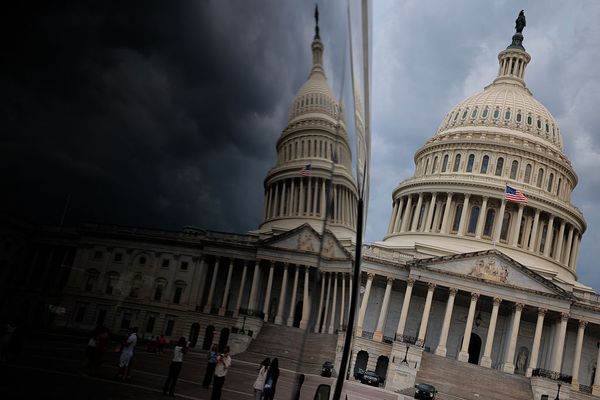
A 5.5-magnitude earthquake struck the city of Shigatse in southwestern Tibet on Monday, according to Chinese authorities.
The earthquake occurred at a shallow depth of 10km at 5.11am local time (2111 GMT). China’s Earthquake Administration authorities said emergency services were deployed and that no casualties have been reported so far.
Shigatse lies in the southwestern part of Tibet and is the region’s second-largest city.
Earlier, on 8 May, an earthquake of magnitude 3.7 jolted the region.
Monday’s tremor comes just months after a devastating 6.8-magnitude earthquake hit Tingri county – about 240km (149 miles) from Shigatse – in January, killing more than 120 people and injuring more than 180.
The quake in January was felt across Nepal, Bhutan, and India. It was caused by deep tectonic shifts in the Lhasa block, part of the ongoing collision between the Indian and Eurasian plates.
The United States Geological Survey recorded the earthquake at a magnitude of 7.1, while the China Earthquake Networks Center measured it at 6.8.
EQ of M: 5.7, On: 12/05/2025 02:41:24 IST, Lat: 29.02 N, Long: 87.48 E, Depth: 10 Km, Location: Tibet.
— National Center for Seismology (@NCS_Earthquake) May 11, 2025
For more information Download the BhooKamp App https://t.co/5gCOtjcVGs @DrJitendraSingh @OfficeOfDrJS @Ravi_MoES @Dr_Mishra1966 @ndmaindia pic.twitter.com/nCeJ434PGR
Tibet has experienced multiple massive earthquakes over the past few decades, including a devastating 8.6-magnitude quake in 1950.
According to a study published last year, the Indian tectonic plate – which collided with the Eurasian plate – is now gradually tearing apart beneath Tibet. This phenomenon, known as a “slab tear”, occurs when the upper crust of the Indian plate separates from its denser lower layer, generating considerable seismic activity.
While this deep subterranean rift is unlikely to produce visible surface fractures, it has the potential to geologically divide Tibet into two distinct zones.
Scientists are closely monitoring the region, analysing seismic waves, deep-focus quakes, and gas emissions to better understand the risks posed by this evolving tectonic shift.







